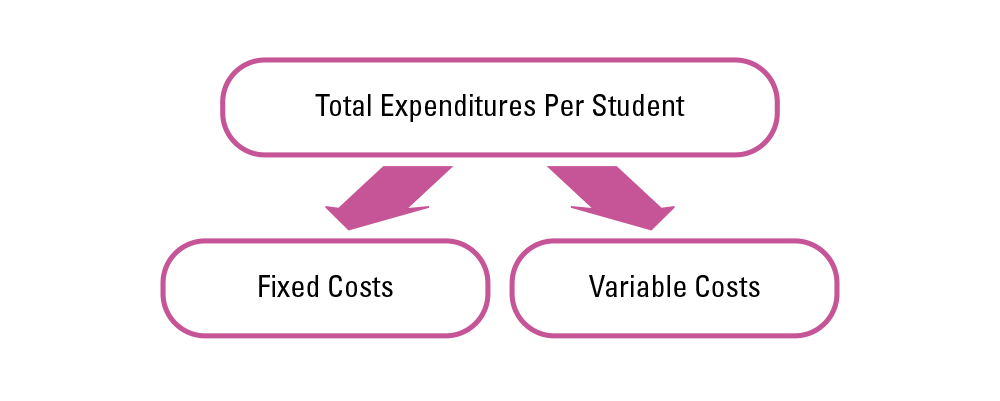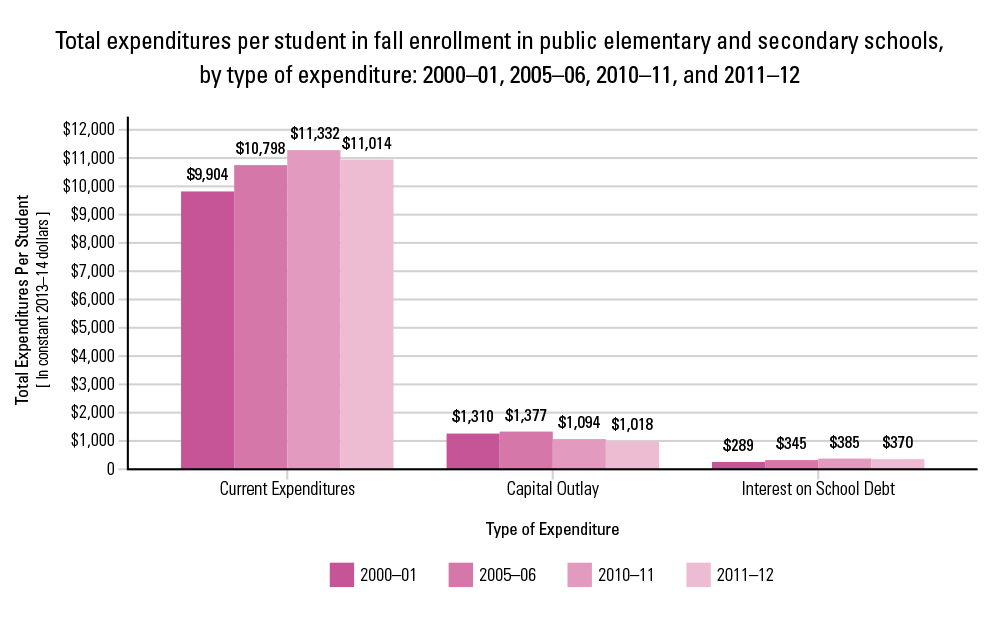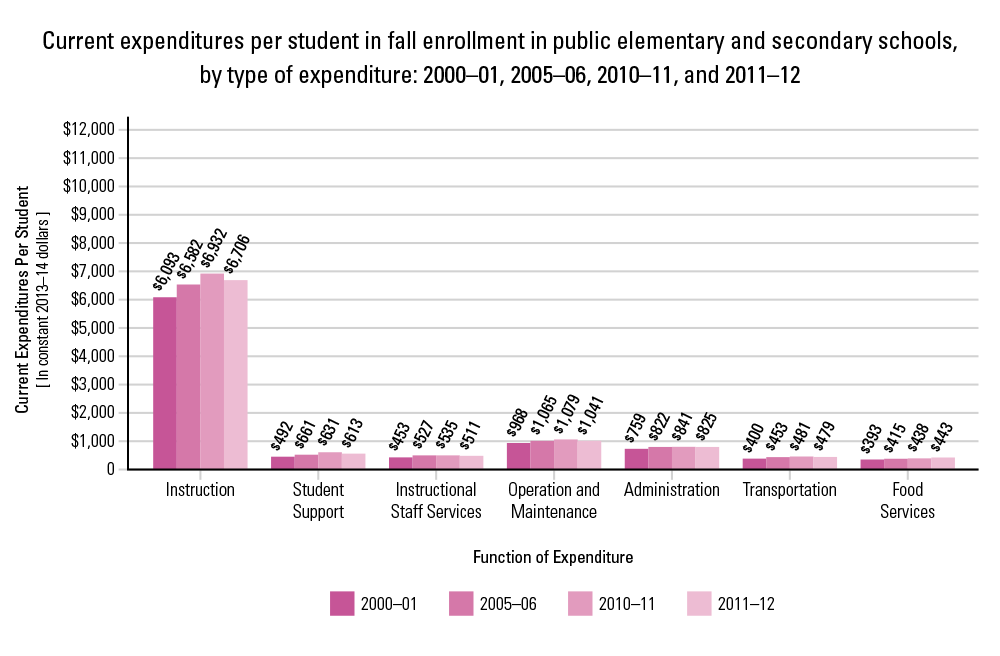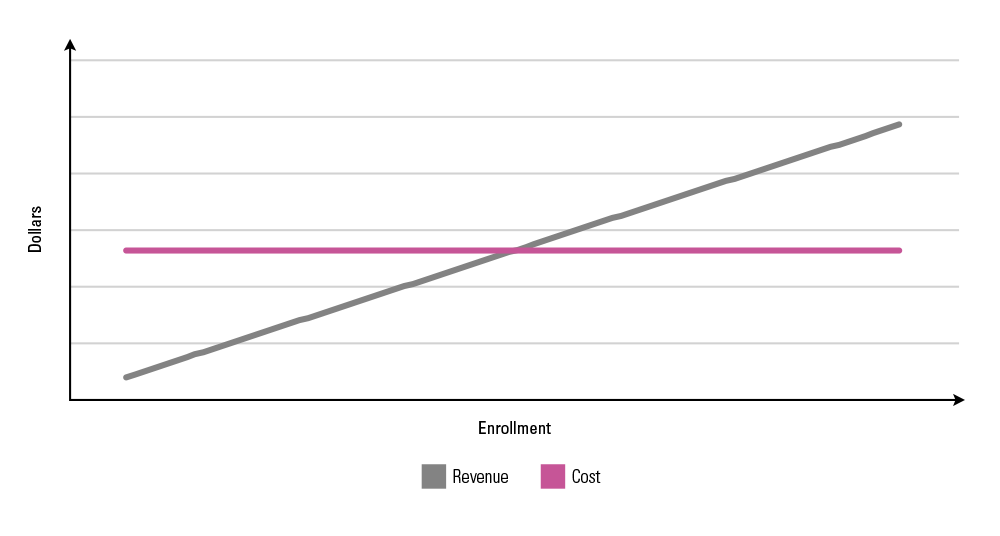Will School Choice Lead to Fewer Resources for Students Who Remain in Public Schools?
As recent polling data indicates, a significant majority of people believe that allowing parents to take the taxpayer funds dedicated for the education of their children to choose the best schools for them will lead to better outcomes for those children.
But what about the students who remain in public schools? Are they harmed in some way?
The most financially powerful opponents of school choice would have people believe they are. Randi Weingarten of the American Federation of Teachers has tweeted “the voucher programs don’t help kids any more than pub schls-but they drain $$.” The National Education Association states on their website, “NEA opposes school vouchers because they divert essential resources from public schools.” Americans United for Separation of Church and State has tweeted, “The results keep flooding in: voucher programs just don’t work, and siphon millions away from public schools.”
The body of empirical research that controls for biases says otherwise.
It shows that all types of school choice programs states have tried—from school vouchers to tax-credit scholarships—so far have led to improvement in academic outcomes for the students who use them and for those who remain in public schools. That’s 33 studies. Only two studies examining a couple limited programs have shown school choice had no positive or negative effect. Thus, the objective evidence on academic outcomes is clear. Greater school choice has never been shown to harm academic outcomes for students who remain in public schools.
But what about the money?
Do students who remain in public schools have more or fewer financial resources devoted to their education when some students leave via school choice?
Well, it depends on
- The fixed and variable costs of running a public school. Fixed costs are costs that do not change when student enrollment goes up or down. Variable costs are costs that vary directly with student enrollments.
and - How much of the taxpayer funding follows children to schools of choice.
If the school voucher or scholarship amounts in (b) are less than the variable costs in (a), then school choice programs leave more resources for students who choose to remain in public schools.i That is, if public schools may retain funds in excess of any short-run fixed costs of running a school, then the public school budget is improved and the students who remain in public school will have more resources devoted to their education as a result of the school choice program.
All costs are variable after the first two to three years of a new school choice program, as public schools can make new strategic decisions based on their new enrollment levels. Policymakers seeking to create a new school choice program may want to let public schools retain funds for fixed costs for the first few years as they adjust to enrollment changes, but after that, all taxpayer funds may be used for school vouchers, scholarships, or education savings accounts (ESAs).
For context, I am not aware of any enterprise in America—other than public schools—that retains funds when it loses customers, the customers being parents and their school-aged children. For example, when regular Target shoppers switch to Wal-Mart, Target does not get to keep the money of the shoppers they lost. Another example would be public universities. When a student transfers from a given public university, the institution forgoes the tuition, fees, and taxpayer-funded subsidies that would have followed the student. State-funded prekindergarten programs also forgo all funds when a student declines to enroll in a particular public pre-k.
In fact, when a higher proportion of per-pupil education funds follow children to their schools of choice, public schools have more of an incentive to improve.
How can you tell if public school short-run costs are fixed or variable?
Readers who want more detail should consult a report I completed for the Friedman Foundation for Educational Choice: The Fiscal Effects of School Choice Programs on Public School Districts. In that report, I constructed the first ever estimates of the short-run fixed costs of educating children in public schools for each state and the District of Columbia. I endeavored to make cautious overestimates of those short-run fixed costs.
Below I provide an illustration of the short-run fixed and variable costs of public schools using the results from my report.
A public school, like any organization, has fixed costs and variable costs:

The U.S. Department of Education collects data from states on public school expenditures, and those expenditures are divided into 12 cost categories. The chart below shows that relatively little of public school spending is for buildings, other capital expenditures, or interest on debt.

SOURCE: U.S. Department of Education, National Center for Education Statistics, Common Core of Data (CCD), “National Public Education Financial Survey,” 2000–01, 2005–06, 2010–11, and 2011–12. See Digest of Education Statistics 2014, table 236.60.
And, the bulk of current expenditures go toward instruction and support services:

SOURCE: U.S. Department of Education, National Center for Education Statistics, Common Core of Data (CCD), “National Public Education Financial Survey,” 2000–01, 2005–06, 2010–11, and 2011–12. See Digest of Education Statistics 2014, table 236.60.
In the interest of creating an overestimate of fixed costs, this analysis treats the following as fixed costs in the short-run: expenditures on capital, interest, general administration, school administration, operations and maintenance, transportation, and “other” support services.
Of course, if a significant number of students left a school district from one year to the next, some of those costs could be reduced immediately. For example, a school losing a large number of students could reduce the number of assistant principals from two to one; there could be fewer bus routes; two schools could be merged into one; etc. However, the goal of the report was to create an overestimate of fixed costs.
A cautious overestimate allows us to be comfortable that school choice programs, where the money follows the child, can be designed in such a manner to improve the fiscal situation of public school districts. Moreover, other research shows that many of the costs I treated as fixed actually have grown at a higher rate than increases in students—which suggests those costs are variable.
What do school choice opponents have to say about this?
The public education establishment routinely argues that school choice programs, where “the money follows the child,” harm students who remain in public schools. They suggest that students who remain in public schools are worse off because there will be fewer resources available for their education once some children depart public school districts via school choice. Often, they are implicitly arguing that they cannot cut any costs when they lose students via school choice programs. Essentially, they are arguing that all of their costs are fixed costs.

The chart above demonstrates that anti-school choice rhetoric. If it were really true, then federal, state, and local governments do not need to give public school districts increased funding for enrollment growth—because all of their costs are fixed. Instead, those billions of dollars that are designated for enrollment growth in the U.S. each year could be used to provide children opportunities to attend schools outside their ZIP Code-assigned public school, which families might deem the best for their needs.
Surely, despite their rhetoric, opponents of school choice do not really believe that all of their costs are fixed—else they would be arguing against all funding for growth in student enrollments.
Will public schools be able to cover their fixed costs if students leave because of school choice?
To address this question, my aforementioned report analyzed the finances of large and small Georgia school districts that lost students for reasons other than school choice to determine which costs are fixed versus variable.
Both the large school districts and the small ones that were analyzed were able to reduce the combination of instructional and support expenses at a higher rate than the losses in students. Thus, those costs were variable, even in the short run, from one year to the next. As the public school districts were able to reduce costs more than commensurately with their loss of students, there was no evidence that student achievement declined.
The United States’ average spending per student was $12,450 in 2008–09. I estimate that 36 percent of those costs can be considered fixed costs in the short-run. The remaining 64 percent, or $7,967 per student, are found to be variable costs, or costs that change with student enrollment.ii
The implication of this finding is that a school choice program where less than $7,967 per student is redirected from a child’s former public school to another school of his or her parents’ choosing would actually improve the fiscal health of the average public school district. And, it would provide more resources for students who remain in public schools.iii
That would create not just a win-win for all students academically, but also a public education system that would become financially healthier for students and taxpayers.
i This formulation also holds when students transfer from one public school to another. Interestingly, I have never heard the argument about public schools having less money when students leave applied to the situation when students transfer from one public school to another. In addition, if scholarships are awarded to students who would attend a private school even without a school choice program, then an adjustment needs to be made to the above formulation. For example, if 5 percent of the scholarship students would have attended a private school in the absence of the school choice program, then the scholarship amounts need to be 5 percent less than variable costs for there to be more resources for students who remain in public schools.
ii The estimates of variable costs per student vary widely among states for two reasons.
-
Some states devote more taxpayer funding to public education.
-
Some states spend much higher proportions of their education dollars on instruction (a variable cost) relative to other states.
iii A subsequent study used an ad-hoc approach and constructed estimates of short-run fixed and variable costs very close to mine.




